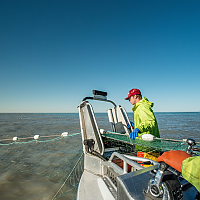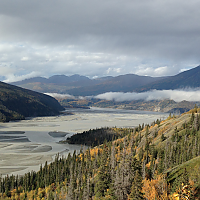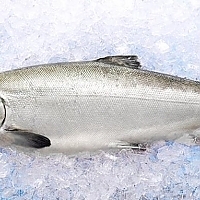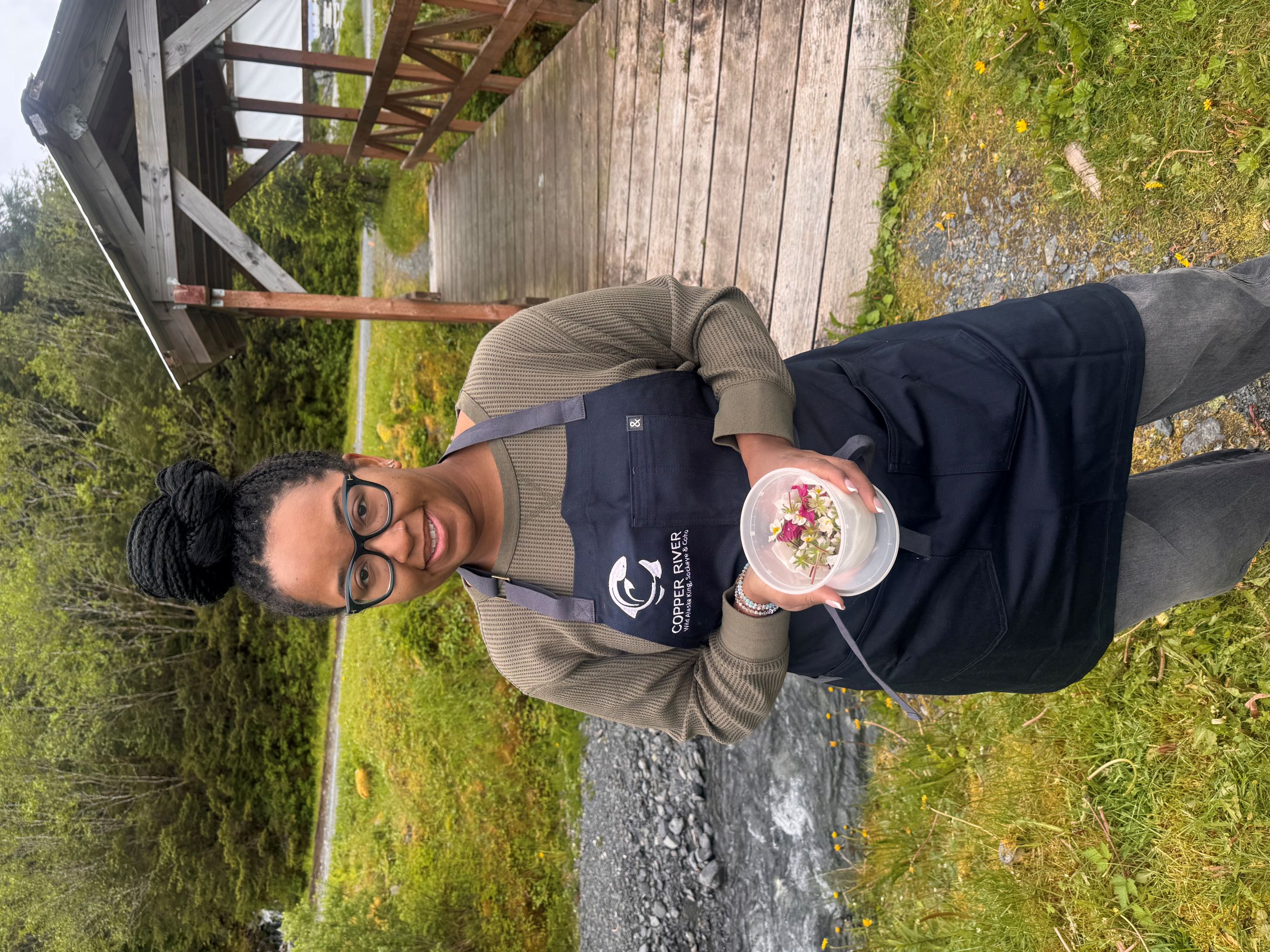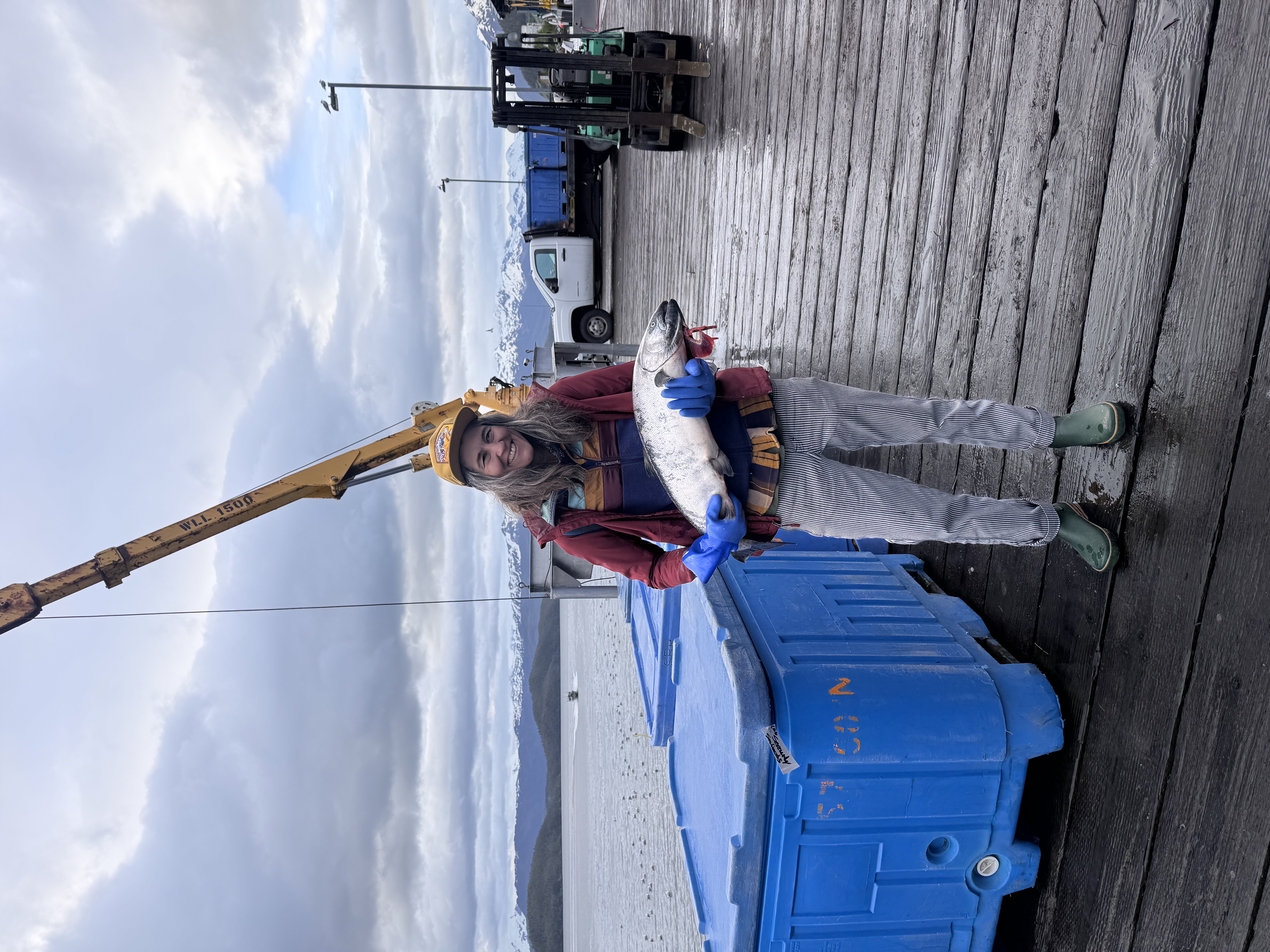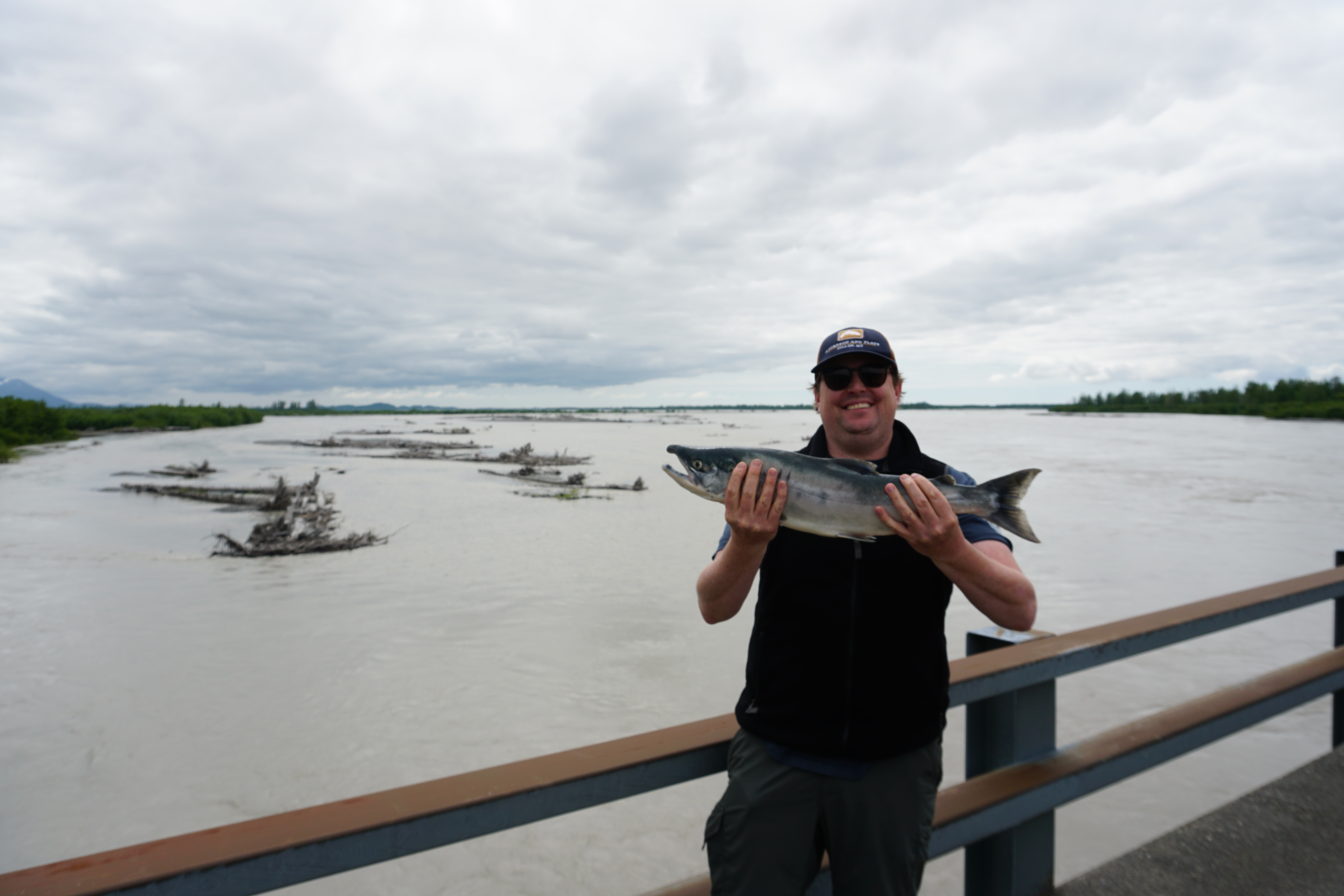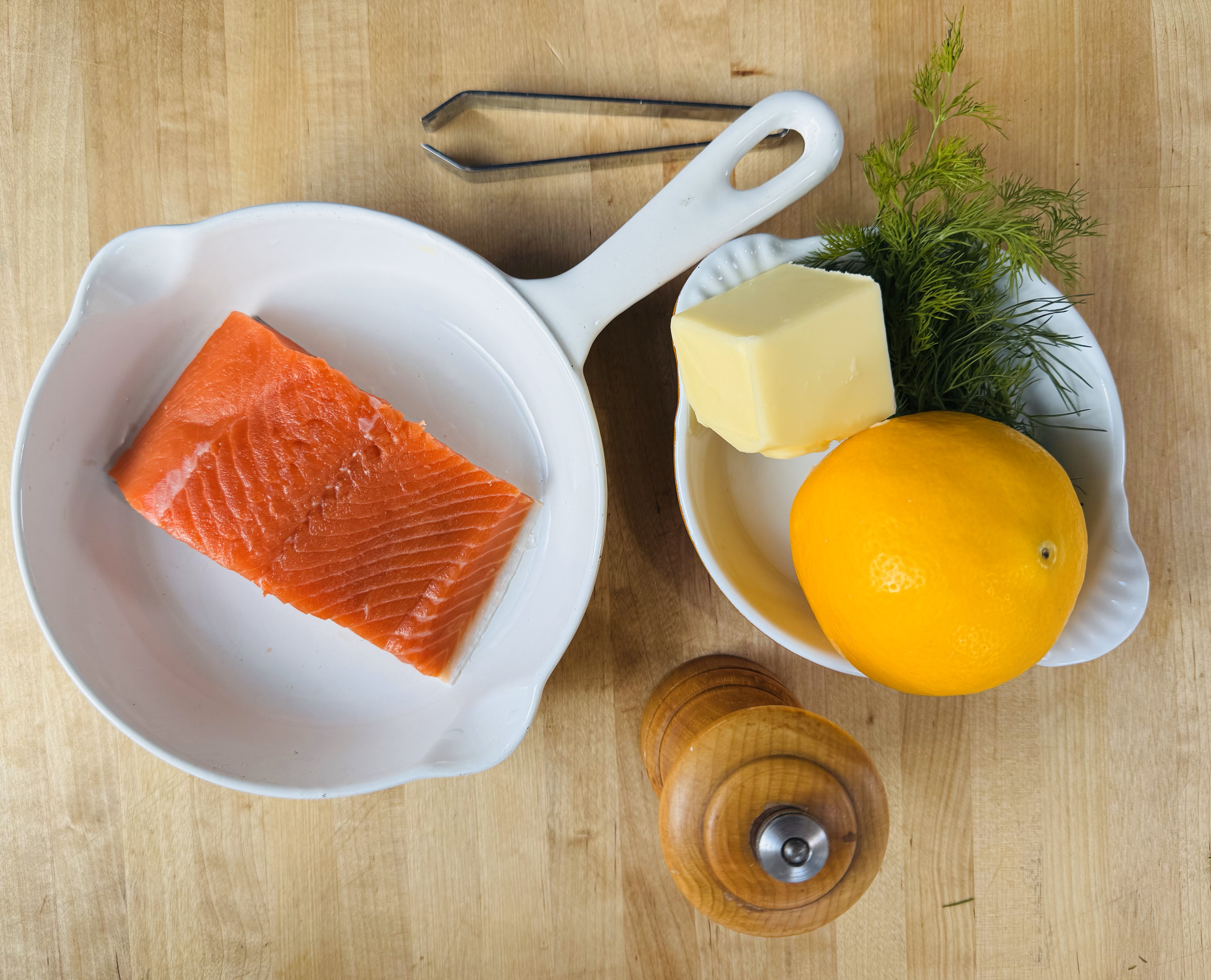By using our website, you agree to the use of cookies as described in our Cookie Policy
Why Wild Salmon Need Snow
Winter in Alaska is marked by especially cold temperatures and short days. Here in Southcentral Alaska, along the Gulf Coast we also see an increased potential of heavy snowfall. This dense, coastal snow is both beautiful and beneficial to the surrounding ecosystem. Temperate maritime air from the Gulf of Alaska moves inland where it condenses and falls as snow in the Chugach Mountains that form the majority of the vast Copper River Watershed. The Chugach Mountain range receives some of the heaviest snowfall in the world and it is no wonder why this area continues to be a bucket list item for big mountain skiers.

But it’s not just fans of extreme winter sports who benefit from this heavy snowpack in the Chugach. Even though they do not live in the river, wild Copper River salmon also rely on the plentiful snow of winter in order to complete their life cycle.
Like all wild Pacific salmon, Copper River salmon are anadromous, semelparous fish. “Anadromous” means that they spend part of their life in fresh water and part in the ocean. “Semelparous” refers to how the salmon reproduce and means that they only will reproduce once in their lifetime and will die afterwards. As adults, wild Copper River salmon live in the open ocean where they roam freely and feed on tiny crustaceans and other zooplankton. Only when they are fully mature (2-5 years depending on the species) will they journey upriver to spawn in the Summer season. So, if wild salmon only spawn in the rivers in the summer, then why do they need winter snow? The answer becomes obvious in the spring.
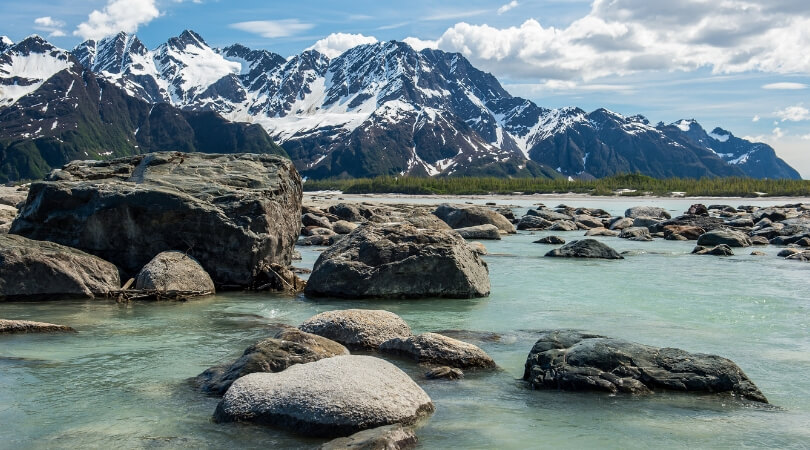 The Chugach Mountains and the Copper River Delta
The Chugach Mountains and the Copper River Delta
The term “snowpack” refers to all of the layers of snow that have accumulated during a winter season both on the ground and in high mountain valleys and peaks. Winter snowpack is directly related to snowmelt which, as it melts in the spring months, feeds fresh water into all of the many tributaries of the Copper River. The Copper River is unique in that it is fed by both fresh snowmelt from the Chugach Mountains as well as glacial melt from ancient icefields upriver. But it is this influx of Spring snowmelt that fills in the shallow tributaries that will become perfect spawning habitat for wild salmon in the Summer. Wild Pacific salmon thrive in cold water and seek out shallow, pebbled streambeds in which to lay their eggs. Without a steady supply of snowmelt feeding the river, the perfect streambed habitat would be much more difficult to come by.
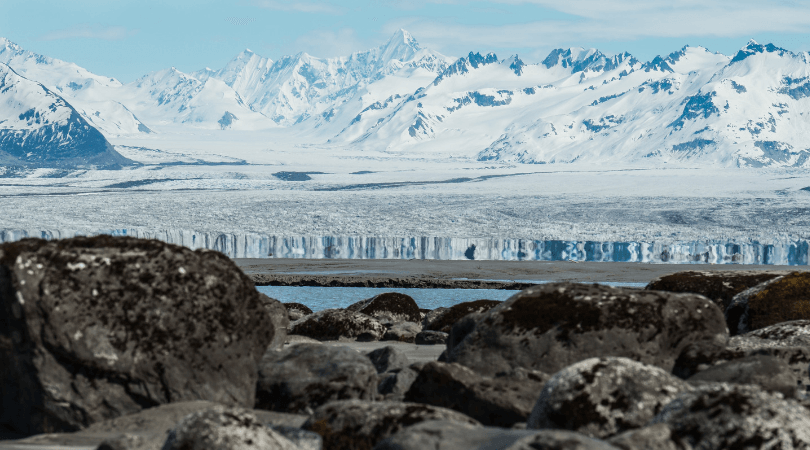
Child’s Glacier and the Copper River
It’s not just the amount of snow that is important for salmon but also the rate at which snowpack melts. If temperatures are especially hot in the early spring, snow melt will increase which can lead to possible flooding and a weaker snowpack for the rest of the Summer both of which could negatively impact wild salmon’s ability to reproduce. Ideally, temperatures will gradually increase through the course of the Spring encouraging a steady release of fresh snowmelt water to flow into the streams and rivers.
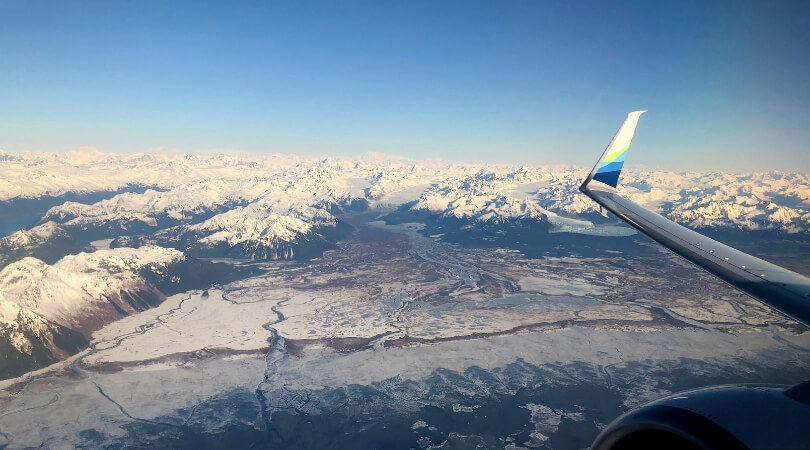
A view of the snowy Copper River Watershed as seen from the air
Fortunately for the wild salmon of the Copper River, the Chugach Range and its surrounding ice fields consistently provide a steady supply of cold, fresh water in the Spring months as well as vast stretches of untouched potential spawning habitat. Both the huge size of the Copper River watershed and its wild nature help create a resilient, healthy environment for the wild salmon here. And a healthy wild salmon population is just another reason to look forward to the next snow day!
Spending a snowy day inside? Try our cozy winter recipe for Copper River Salmon Coho Chowder.
‹ Back


